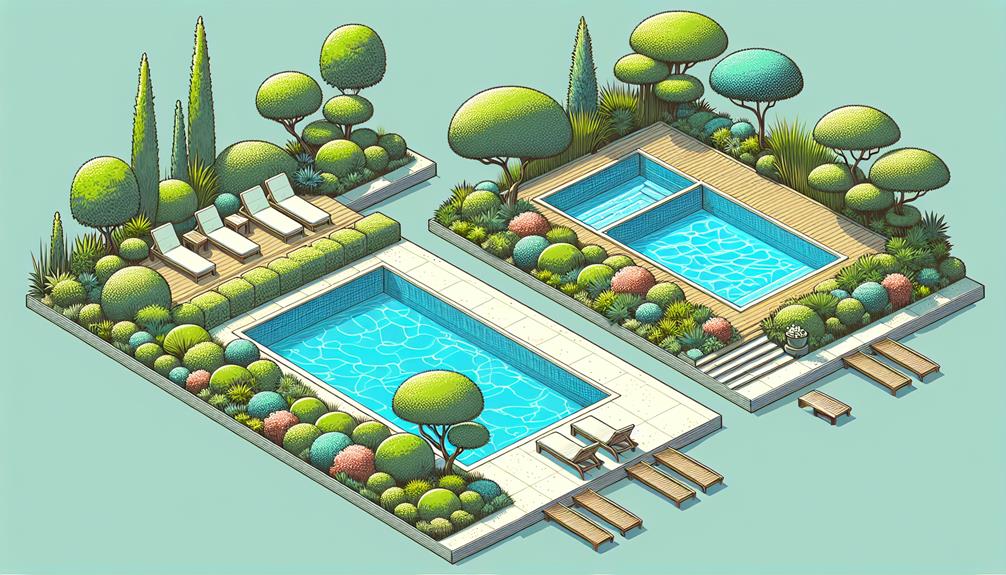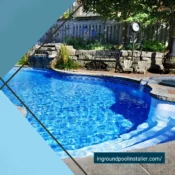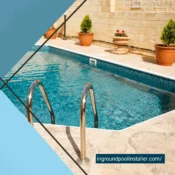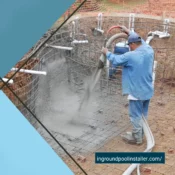Designing the Perfect Rectangular Pool: Choosing the Ideal Shape and Size

Designing the Perfect Rectangular Pool: Choosing the Ideal Shape and Size
In the realm of landscape architecture, the design of a rectangular inground pool necessitates a meticulous assessment of both the available area and the intended use. This approach ensures that the chosen dimensions not only maximize functional utility but also integrate seamlessly into the existing landscape. Factors such as local climate, soil type, and property orientation play pivotal roles in determining the optimal size and placement, directly influencing the pool's sustainability and maintenance requirements. As we explore these considerations in greater detail, one must also contemplate the long-term implications of their choices on both usability and aesthetic value, a critical discussion point that we shall address subsequently.
Assessing Your Space
Before designing your rectangular pool, it is critical to conduct a thorough assessment of the available space to ensure optimal utilization and compliance with local zoning laws. Accurate measurement of your property's dimensions is essential to determine the feasible size for your pool. This assessment should include not just the space where the pool will potentially sit, but also the surrounding areas that could affect or be affected by the pool's construction. Consider setbacks, easements, and buffer zones that may be required by your local planning department.
Additionally, it is crucial to evaluate the topography of your land. The slope and type of soil can influence both the construction process and the design of your pool. For instance, a steeply sloped area may require additional engineering strategies such as retaining walls. Understanding these elements is vital to avoid potential complications during construction.
Seeking the advice of a professional surveyor or landscape architect can provide valuable insights and help ensure that all technical requirements are met. This proactive approach not only facilitates a smoother permitting process but also fosters a sense of community by ensuring that your pool addition respects the local landscape and neighborhood aesthetics.
Selecting Pool Materials
Choosing the right materials for your rectangular pool is essential for ensuring durability, aesthetics, and safety. The typical materials used include concrete, fiberglass, and vinyl, each offering distinct advantages and considerations.
Concrete pools are highly durable and customizable. They can be shaped to precise dimensions and depths, making them ideal for a tailored fit to your property. However, they require significant maintenance and can be costly to install.
Fiberglass pools, on the other hand, are quicker to install and require less maintenance. They are manufactured off-site and installed as a single piece, ensuring a smooth finish that is resistant to algae and stains. The downside is limited customization in terms of shape and size.
Vinyl-lined pools are the most cost-effective option and offer a softer surface. These pools are equipped with a custom-fitted vinyl liner over a structural frame of steel, aluminum, or non-corrosive polymer. While offering an initial lower cost and comfortable feel, vinyl liners can be prone to tears and may require replacement every 5 to 9 years.
When selecting materials, consider the long-term maintenance costs, the climate of your area, and how the pool's look will complement your home's aesthetic. This careful consideration ensures that the pool not only fits your immediate needs but also remains a lasting addition to your home.
In conclusion, the journey to designing the ideal rectangular pool hinges on meticulous planning and strategic decision-making.
By thoroughly assessing available space and selecting appropriate materials, one can ensure that the pool not only fits aesthetically into the landscape but also serves its intended purpose efficiently.
Remember, when it comes to inground pool design, it's crucial to measure twice and cut once, ensuring that each decision aligns with both functionality and aesthetic appeal for enduring satisfaction.
All Categories
- Concrete
- Concrete
- Concrete pools
- Construction
- Custom Features and Add-ons
- Design
- Design
- Design
- Design & Construction
- Design and Planning
- Features & Customization
- Infinity edge
- inground pool
- inground pool builder
- inground pool installer
- Installation
- Installation Process
- Legal & Administrative
- Materials
- planning and design
- Pool Aesthetics and Customization
- Pool Design
- Pool Equipment
- Pool Features
- Pool Features
- Pool Installation Process
- Pool Materials
- Pool Materials
- Pool Types
- Project Planning
- Renovation
- Resurfacing
- top sights
- Types of Inground Pools
- Types of Inground Pools
- Types of Inground Pools
- Types of Inground Pools
- Water Treatment



